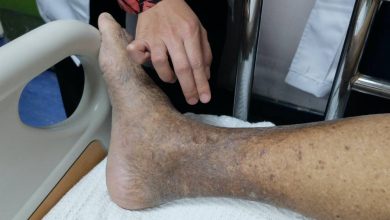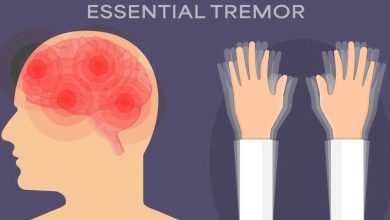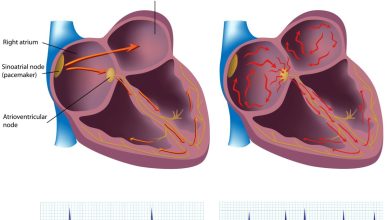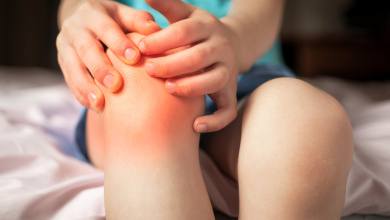Muscular Dystrophy Symptoms, Causes, Diagnosis and Treatment
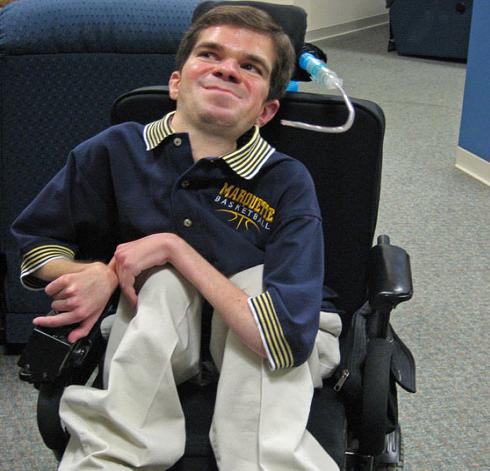
What Is Muscular Dystrophy?
Certain types of proteins are needed by the body to develop healthy muscles. When some abnormal genes pose a barrier in the production of these proteins, muscular dystrophy is said to occur. Muscular dystrophy leads to weakening of muscles and declining muscle mass and eventually a person may not even be able to walk. It is believed that more than 30 inherited diseases combine and cause this disorder. Duchenne muscular dystrophy, facioscapulohumeral muscular dystrophy and myotonic muscular dystrophy are the common types of muscular dystrophy usually reported. Unfortunately, muscular dystrophy is not curable.
What Are The Symptoms Of Muscular Dystrophy?
A general symptom of muscular dystrophy is muscle weakness. However, other symptoms will depend on the type of muscular dystrophy. In Duchenne muscular dystrophy, the following symptoms may evolve:
- Muscle ache and stiffness.
- Difficulty in running and jumping.
- Large calf muscles.
- Learning disabilities.
- Falling.
- Trouble in getting up.
- Walking on toes.
- Waddling gait.
This type of muscular dystrophy is more common in boys and is usually not inherited. Symptoms evolve during childhood usually between ages two and three. Becker muscular dystrophy is another type that has similar symptoms but evolve more gradually and during 20’s or later. Other symptoms in other types of muscular dystrophy include:
- Muscle weakness in the face and shoulders in facioscapulohumeral muscle dystrophy.
- Mild disability or severe damage to muscles in congenital muscular dystrophy.
- Inability of relaxing muscles, usually of face and neck, in myotonic muscular dystrophy.
- Difficulty in lifting the front part of the foot during limb-girdle muscular dystrophy.
Medical consultation is necessary when any of the mentioned symptoms evolve.
What Causes Muscular Dystrophy?
The only cause of muscular dystrophy is genetic mutations. Either inherited or developed, muscular dystrophy occurs when the mutations keep the genes from producing proteins necessary to protect muscle fibers from damage.
What Are The Risk Factors Of Muscular Dystrophy?
Young boys are at a higher risk of developing Duchenne muscular dystrophy. Family history is another major risk factor that could lead to muscular dystrophy. Age and gender is usually not a risk factor before muscular dystrophy can occur at any age and in any sex.
What Are The Complications Of Muscular Dystrophy?
As the muscle weakens, the following complications are likely to arise:
- Breathing problems.
- Inability to walk.
- Heart problems.
- Scoliosis.
- Problems in swallowing.
- Contractures.
How Is Muscular Dystrophy Diagnosed?
Apart from taking information about family history and physical examination, the following tests are generally used to diagnose muscular dystrophy:
- Muscle biopsy.
- Enzyme test.
- Genetic testing.
- Test to monitor lungs.
- Electrocardiography.
- Echocardiogram.
- Electromyography.
Through one or a combination of these tests, muscular dystrophy and its type can be diagnosed.
How Is Muscular Dystrophy Treated?
Since muscular dystrophy cannot be eliminated, the following medications, therapy and surgery could help improve symptoms:
- Heart medications if heart is affected.
- Corticosteroids.
- Braces.
- Mobility aids.
- Stretching exercises.
- Walking and swimming.
- Surgery.
By : Natural Health News

